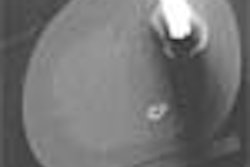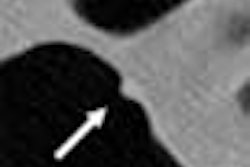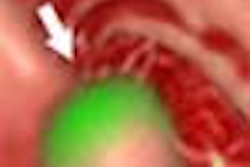Dear CT Insider,
CT perfusion imaging can lend enormous value to the diagnosis of ischemic stroke. But time remains a critical component of care, as the benefits of thrombolytic therapy diminish rapidly within a few hours of onset.
In today's Insider feature story, radiologists from the University of Greifswald in Germany have developed a faster protocol that enables perfusion CT imaging to begin before creatinine results are available. The group saves valuable time by substituting a more kidney-safe contrast agent based on a nonionic dimer, and by whipping up automated CT perfusion maps after the images are acquired.
Does it work? Dr. Martin Petrik and colleagues think so. There were no signs of nephrotoxicity among the patients, and no case in which the automated perfusion maps failed to provide the same diagnostic information contained in neuroradiologist-generated perfusion studies.
In another presentation, investigators from a major CT manufacturer presented the results of a study of three noise-reducing filters for CT perfusion studies. Only one filter preserved the signal intensity in the brain parenchyma, the blood vessels, and the area surrounding the blood vessels.
As a CT Insider, you have access to this story before it is available to other AuntMinnie members.
Two articles in today's CT Digital Community are also worth noting. First, researchers from the University of Wisconsin in Madison are using differences in CT attenuation to distinguish uric acid calculi from predominantly calcium oxalate calculi. Uric acid stones can often be treated medically, sparing some patients surgery.
In the second story, investigators from Hong Kong have found that CT can make the crucial diagnostic difference for patients who have symptoms of SARS but negative chest radiographs. In the study, CT triage enabled doctors to isolate and begin treating true-positive cases immediately.
CT Insider is dedicated to bringing you the latest developments in computed tomography each month. We hope you'll find it interesting and informative, and as always, we look forward to your comments and suggestions.




















